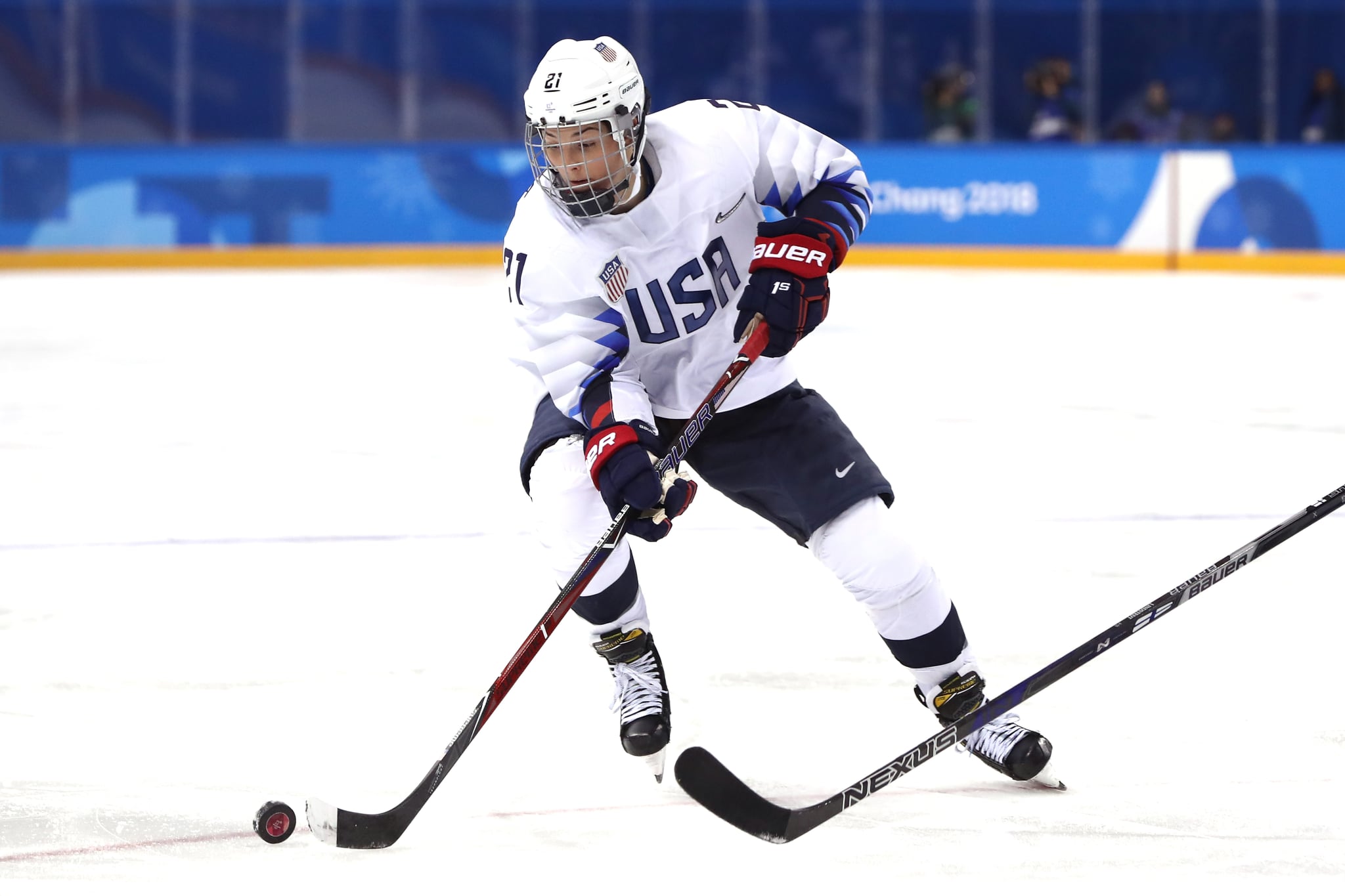Products You May Like
It doesn’t take an expert to see that hockey is one of the more physically demanding and combative sports at the Winter Olympics. I mean, have you seen these players crash into the boards? Yikes. Given how intense these matches can be, no one could blame the athletes for needing a break from time to time — but if a player ever intentionally disrupts an opponent’s offensive strike by smacking the puck from one end of the ice to the other, they may be called for an “icing” violation.
According to the International Ice Hockey Federation’s official rulebook, icing occurs when a player on the defensive end shoots the puck down the ice so that it crosses both the center red line and the red goal line on the other side without touching their opponent. Play is stopped and icing is called if an opposing player, who’s not the goalie, is able to reach the puck before a member of the offending team. The puck is then returned to the end from which it was shot, and play resumes with a face-off.
In order for icing to be called, the team that shot the puck must have at least the same number of players on the ice as their opponent. In other words, if a team is outnumbered on a power play because they have one or more players in the penalty box, the icing rule doesn’t apply. And that’s not the only circumstance under which icing may be waived. For example, icing won’t be called if the goalkeeper skates in the direction of the puck, or if the officials believe that another player on the opposing team could have made a play on the puck before it reached the goal line but chose not to.
While icing is frowned upon, it isn’t considered a penalty. Rather, the rule exists to prevent teams from running out the clock when they’re ahead, or batting the puck out of the defensive zone in order to swap out players who are getting tired. (Under the current rules, a team that commits icing isn’t allowed to make substitutions before the face-off.) Of course, that doesn’t mean it never happens — so keep an eye out for this sneaky tactic at the 2022 Winter Games in Beijing.
